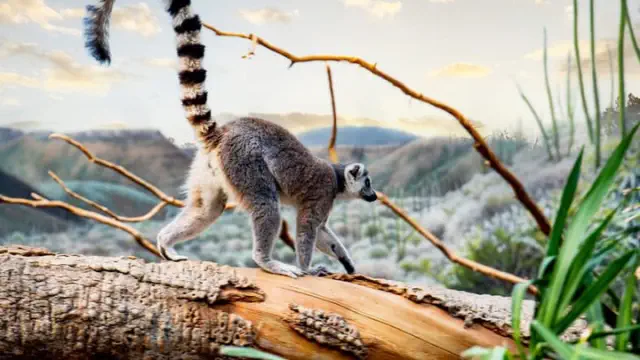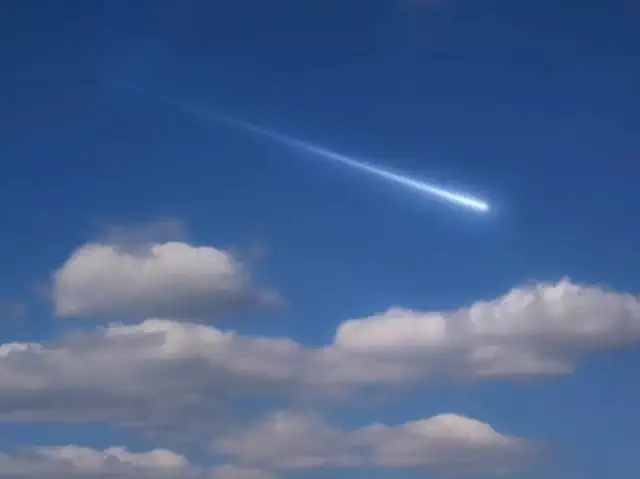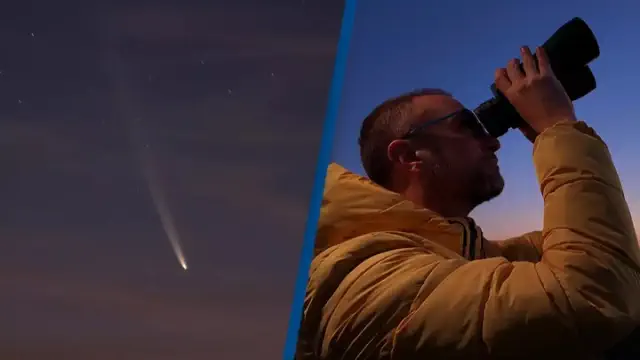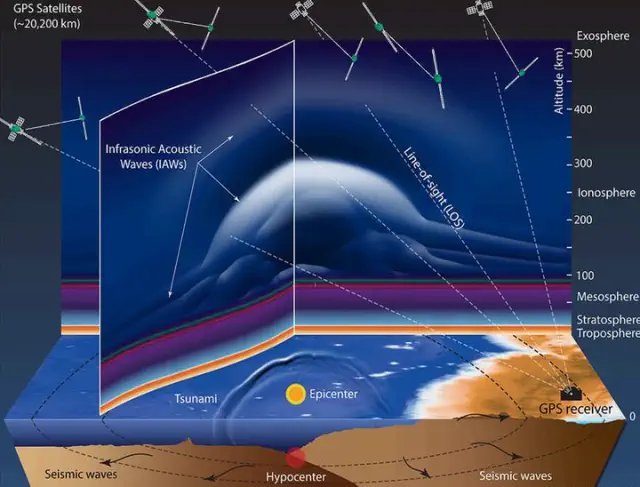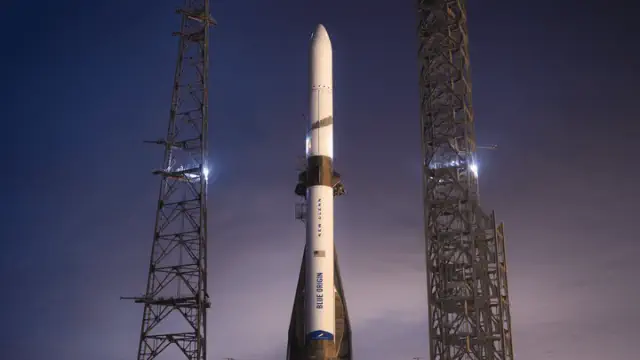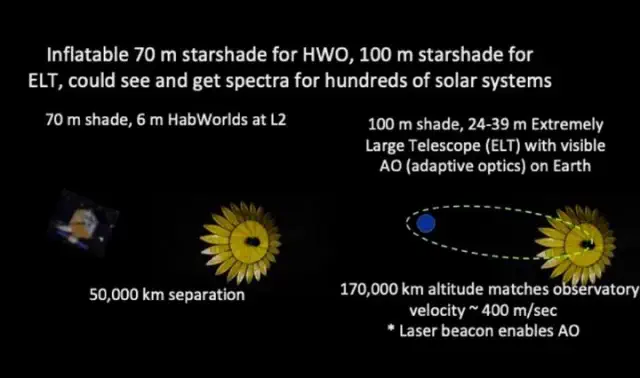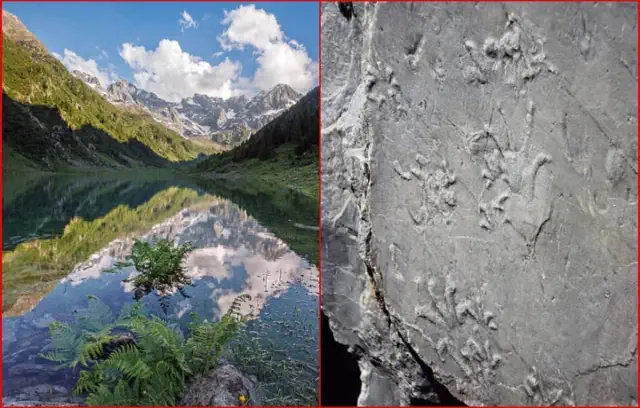Blue Origin's New Glenn rocket is capable of reaching orbital speeds that are 23 times faster than the speed of sound.
The 320-foot-high rocket will not be launching any satellites throughout the mission.
View pictures in App save up to 80% data.
Blue Origin's New Glenn rocket is now scheduled for launch on Monday at 1 a.m. ET from Cape Canaveral Space Force Station in Florida. The first launch of the New Glenn has been postponed by 24 hours because of unfavorable weather conditions in the Atlantic Ocean, which was the intended landing area for the New Glenn booster.
"Due to ongoing adverse sea state conditions for the booster landing, we are postponing our NG-1 launch by one day, now scheduled for no sooner than January 13. The three-hour launch window remains unchanged, starting Monday at 1 a.m. EST (0600 UTC)," Blue Origin announced on X.
Reusable initial phase
Earlier, the launch was scheduled for January 10 and then January 12. The New Glenn rocket, which was being developed for almost a decade, has a reusable first stage like SpaceX’s Falcon 9 and Falcon Heavy rockets.The 320-foot-high rocket will not be launching any satellites throughout the mission. However, it’s carrying a payload, which is a test version of Blue Origin’s new “Blue Ring” spacecraft platform.
The company will make efforts to recover the rocket’s first stage on Monday morning as the booster lands in the Atlantic Ocean on its Landing Platform Vessel 1. Called Jacklyn, the barge is nicknamed after the mother of Jeff Bezos, who is the founder of Blue Origin.
Capturing the booster.
The payload for this mission is the Blue Ring Pathfinder. This spacecraft will test Blue Ring’s core flight, ground systems, and operational capabilities as part of the Defense Innovation Unit’s (DIU) Orbital Logistics prototype effort.
“Our key objective is to reach orbit safely. We know landing the booster on our first try offshore in the Atlantic is ambitious—but we’re going for it,” said the company in a statement.
Jarrett Jones, Senior Vice President of New Glenn, emphasized that this marks the inaugural flight of New Glenn, and the team has engaged in extensive preparations leading up to this moment.
The procedure
“However, no level of ground testing or mission rehearsals can truly substitute for the experience of flying this rocket. The moment has come to take to the skies. Regardless of the outcome, we will gain insights, improve, and utilize that knowledge for our upcoming launch,” Jones stated.
“This marks our inaugural flight, and we have put in extensive preparation,” stated Jarrett Jones, Senior Vice President of New Glenn. “However, nothing can substitute for the experience of actually flying this rocket, despite all the ground tests and mission simulations we’ve conducted. The moment has come to take to the skies. Regardless of the outcome, we will gain insights, make improvements, and use that information for our upcoming launch.”
During the launch, after burning through most of its fuel, the booster will detach from the upper portion of the rocket, which includes the vehicle’s nose cone, or payload fairing, that’s designed to shield cargo during liftoff. The booster will then use fins and strakes — or winglike attachments that flare out from its top and base, respectively — to help guide itself toward its landing target, a seafaring recovery platform, reported CNN.
Ignition test
In late December 2024, New Glenn achieved a significant milestone by successfully conducting an integrated launch vehicle hotfire test, marking the last major step before its inaugural flight. The NG-1 mission is set to transport a Blue Ring Pathfinder as its initial payload.
The seven-engine hotfire lasted 24 seconds and marked the first time Blue Origin operated the entire flight vehicle as an integrated system. The multi-day test campaign leading up to the hotfire included numerous inert functional and tanking tests. The integrated launch vehicle included the first and second stages of the NG-1 flight vehicle, and a payload test article comprised of manufacturing test demonstrator fairings, a high-capacity fixed adapter flight unit, and a 45,000 lb payload mass simulator.
According to Blue Origin, the official NG-1 Wet Dress Rehearsal showcased the ultimate launch protocols that precede the hotfire engine test.
“All seven engines performed nominally including at 100% thrust for 13 seconds. The test also demonstrated New Glenn’s autogenous pressurization system, which self-generates gases to pressurize GS1’s propellant tanks,” said the company in a statement.
Reports revealed that New Glenn’s two engines, optimized to function in the vacuum of space, should fire up and propel the vehicle to speeds necessary to enter orbit — typically around 17,500 miles per hour, or nearly 23 times the speed of sound.

